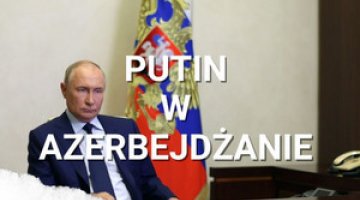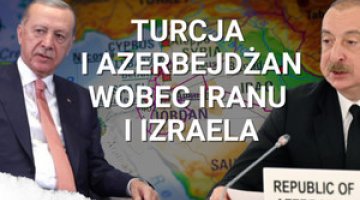A series of protests in Azerbaijan
A series of protests have taken place in Azerbaijan since the beginning of this year (12, 19, 23–24 and 26 January). Various social groups have been involved in them: young people, merchants and residents of Ismayilli. These were grassroots protests, independent of each other – individual groups of protesters were not mutually coordinating their actions.What these protests had in common was their resistance to the government’s abuse of power and corruption. The protesters did not demand that President Ilham Aliyev should step down, but they required the dismissal of lower-ranking government officials. The government applied different tactics with regard to each of the groups. Rather brutal methods were used against the merchants and the residents of Ismayilli (rubber bullets and water cannons).I In Baku, however, due to the presence of numerous journalists and diplomats and the fact that protesters had access to social networking media, they were treated relatively mildly, almost without the use of any coercive measures. Hundreds of people were detained, dozens were fined and administrative detention was applied to more than ten people.
Commentary
- The protests prove that the potential for dissatisfaction in the Azerbaijan public exists which is not and may not be channelled by the existing discredited political opposition parties (Musavat and the Popular Front). This means that in the coming days the government in Baku may increasingly frequently encounter forms of public protests which were typical during the initial phase of the Arab Spring.
- The protests also coincide with the barely concealed tension inside the government elite, proof of which include the president’s attempts to marginalise representatives of the old part of the elite (who have been in power since the presidency of Heydar Aliyev) by making preparatory moves aimed at removing its key representative, the head of the presidential administration, Ramiz Mehdiyev. Furthermore, the protests are taking place in an election year, where peace and public support is necessary for the incumbent president to prove his public mandate and maintain the image of an efficient partner who does not create problems for the West.
- It seems unlikely at the present stage that the protests will turn into mass political demonstrations aimed against the system, and even less so that the ruling class will be removed from power. However, the grassroots nature of the protests and the universality of the issues the protesters are raising will be encouraging to the rest of society, especially if the governor of Ismayilli is dismissed, which was among the demands of the protestors. It is also unclear what kind of strategy will be chosen by Muslim circles, which are quite strong in Azerbaijan. These circles have proven their ability to mobilise the public several times over the past few months, and protested for example against the ban on wearing the hijab. The situation in Azerbaijan will also become more strained due to the example from neighbouring Georgia, where President Mikheil Saakashvili’s camp was defeated in democratic elections last October and where presidential elections are also scheduled for autumn this year.
- The protests reveal the continuing existence of a socio-economic crisis and intensify the political dispute between the general public and the ruling class, as well as the conflict inside the political elite. The protests are likely to re-emerge in the coming months, given the fact that presidential elections are approaching (October this year).





